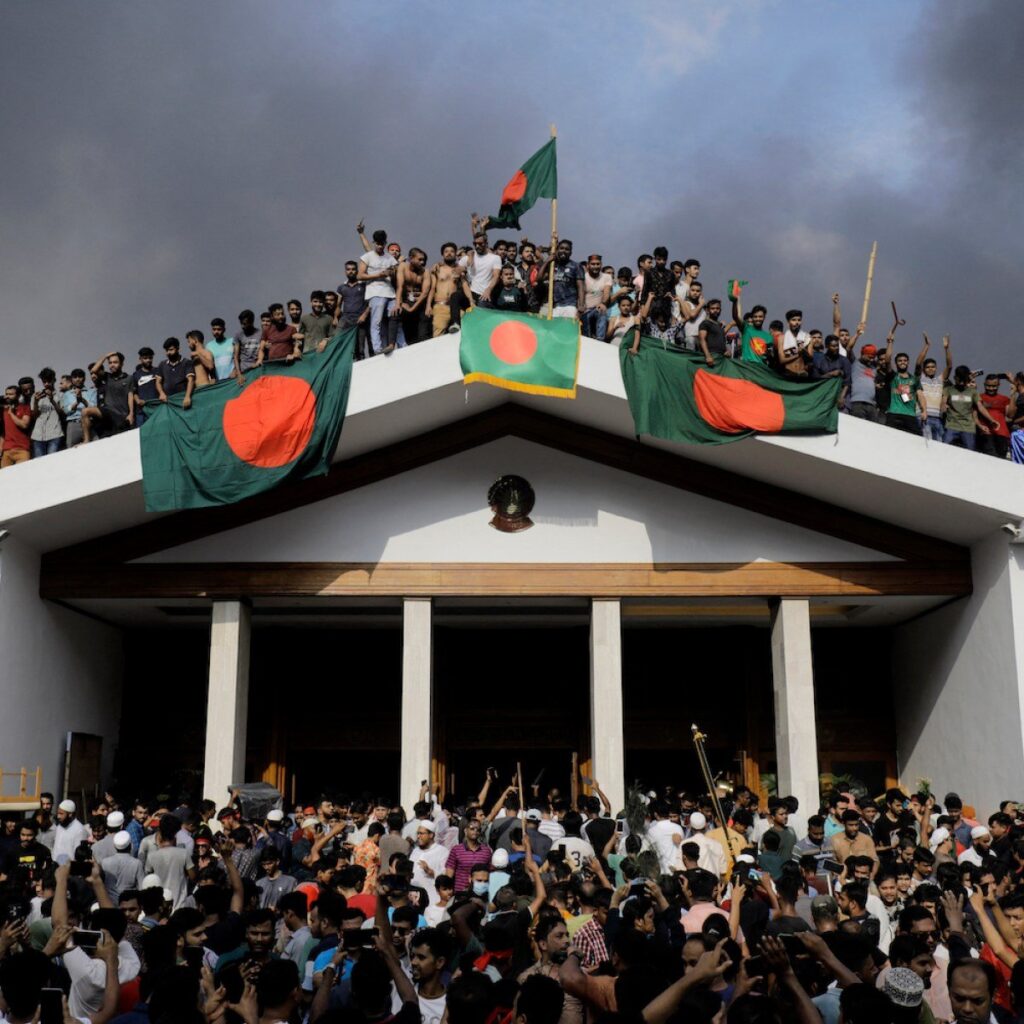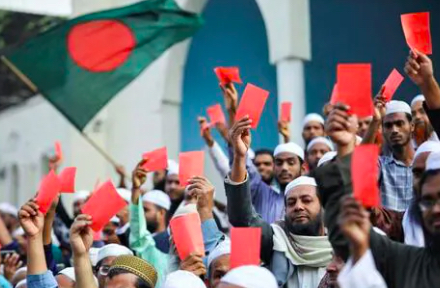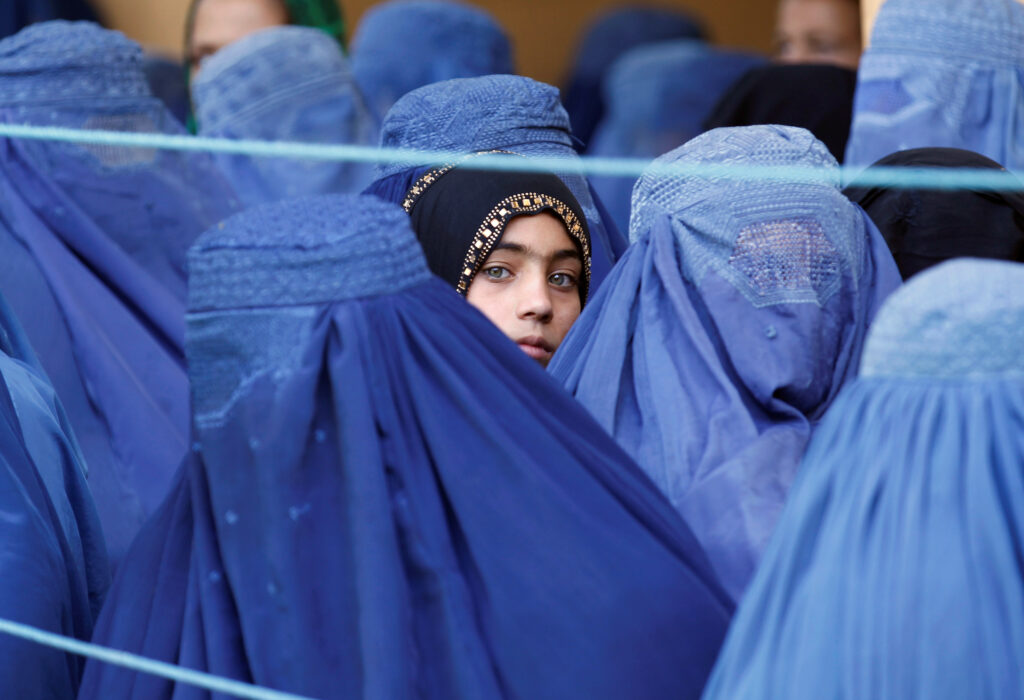MANTRAYA POLICY BRIEF#42: 19 SEPTEMBER 2022
BIBHU PRASAD ROUTRAY & SHANTHIE MARIET D’SOUZA
ABSTRACT
Following the killing of al Qaeda (AQ) chief Ayman al Zawahiri in Kabul on 2 August 2022, the possible impact of neutralizing a leader on the group as well as its affiliates and franchises elsewhere has become a matter of intense debate. It has been argued that the death of Zawahiri, considered to be only an ideological figurehead with little influence on its activities worldwide, will sink the organization even further. However, in Africa, the AQ-affiliated groups seem to be implementing a strategy, outlined by Zawahiri in 2011, to the fullest and have transformed the region into the group’s most formidable operational theatre.

Introduction
Some of the recent terrorist activities in Sahel, Somalia and Ethiopia prove that notwithstanding Ayman al Zawahiri’s death in August 2022, little respite can be expected from the violent actions of the al Qaeda (AQ) affiliates. States in the African continent will not only have to enhance their counter-terror capacities to be able to succeed in containing the spread of terror but will also have to bury their differences and work towards ‘unity of effort’ in dealing with AQ-inspired terror.
The Zawahiri Model
In 2011, after taking control of al-Qaida in 2011, following the killing of Osama bin Laden in Abbottabad (Pakistan), Zawahiri sought to reverse the group’s strategy of carrying out spectacular strikes against the West. Instead, he directed AQ’s regional commanders to seek gains locally, without being distracted by attempts to attack international aviation or bomb European cities. Stressing on the legitimization of violence, he underlined the need to choose targets carefully, and emphasised building grassroots support, he had told that ‘the grievances of marginalised communities could be exploited, particularly where the government was weak or predatory’[1]. He favoured building strong ties with local actors through collaboration and even intermarriage. A scan of the terrorist landscape in Africa over the years demonstrates that the strategy may have been implemented successfully in the continent by the AQ affiliates.
Sahel: Spectacular Terror Attacks
Mali remains the epicentre of the Jihadist conflict in the Sahel, repeatedly witnessing terror attacks carried out by groups affiliated with the AQ, with increasing sophistication. On 7 August, 42 soldiers were killed and 22 others injured in an attack involving drones, car bombs and artillery near the town of Tessit in the Gao region. Later that day, five police officers were killed when extremists attacked a police station in the town of Sona, near the border with Burkina Faso. On 8 August, militants belonging to the AQ-affiliate alliance Jama’at Nasr al-Islam wal Muslimin (Support Group for Islam and Muslims, GSIM or JNIM) claimed responsibility for the attack. The JNIM indeed remains central to late Zawahiri’s strategy.
Previously, on 22 July, the AQ-affiliated Katiba Macina (KM) group claimed a deadly suicide attack using two vehicle-borne bombs in a strategic garrison town Kati near the Malian capital. At least one soldier was killed. Kati is the heart of the Malian military establishment. It is also in the proximity of the residence of the head of the ruling junta Assimi Goita and the powerful defence minister. In more than a decade of insurgent warfare in Mali, AQ had never struck any target of such significance nor so close to the capital, Bamako.
The KM claimed the attack in an online statement and said, “If you have the right to hire mercenaries to kill defenceless innocents, then we have the right to destroy and target you.”[2] The attack on the base in Kati underlined the tenacity of the organisation in Africa and elsewhere despite decades of intense pressure from a US-led counter-terrorist campaign and fierce rivalry from a breakaway faction that became the Islamic State in Iraq and Syria (ISIS). The KM group is a part of the JNIM, whose ground-level Influence continues to expand into Mali and Burkina Faso. Niger too is affected.
Terror Spillover: Somalia, Ethiopia and Beyond
Somalia-based al-Shabaab, which is linked to AQ, in a significant strategic shift, carried out two unprecedented cross-border attacks in Ethiopia, in late July and early August, killing dozens of Ethiopian security forces. The group reportedly penetrated as far as 150 kilometres into the Ethiopian territory. The group, in its media outlet Radio Andalus, claimed to have killed at least 187 Ethiopian regional forces and seized military equipment in its attacks. Ethiopia’s internal instability due to the war in the northern Tigray region since late 2020 and other ethnic fighting has made the country more vulnerable to such attacks.
While al-Shabaab controls large rural areas in the southern and central regions of Somalia, it has reportedly trained several thousand fighters for its ‘Ethiopian command’, consisting mainly of Somalis and Oromos inside Ethiopia. There is an additional possibility that al-Shabaab could join hands with the separatist Oromo Liberation Army (OLA), an armed opposition group active in Ethiopia. OLA has been designated by the Ethiopian government as a terrorist organisation. The consequences of al-Shabaab establishing a stronghold in south-eastern Ethiopia could be serious for peace and security in the region.
The group’s fighters would be well placed to strike deeper into Ethiopia, Kenya and even as far west as Uganda. Over the years, Al-Shabaab has carried out several high-profile deadly attacks in Kenya. Although the last major attack dates back to 2019, several small attacks have been carried out in Lamu county, which borders Somalia in 2022. For instance, in January, suspected al-Shabaab fighters in Lamu fired at a convoy carrying judicial officials with bullets, injuring several people.
Counter-terrorism (CT) Campaign: Weak, Divided and Dissipated
In Somalia, the al-Shabaab is under pressure after a renewed counter-terrorism push by the country’s new government. The CT efforts have been beefed up after the US redeployed 500 troops in the country, who had been withdrawn by former President Donald Trump. Somalia’s previous president, Mohamed Abdullahi Mohamed, had avoided major confrontations with al-Shabab. But new president Hassan Sheikh Mohamud has said his government will go on the offensive against the group. This seems to be a factor in al Shabaab’s attempt to carry out across-the-border attacks in Ethiopia, a country the terror outfit considers an enemy. Ethiopia has deployed troops to Somalia as part of the African peacekeeping force. Ethiopia’s CT response was believed to be robust before the July 2022 attacks.
A joint operation by Ethiopian Defence Forces (EDF) and the Special Forces of the Somali Region (SDF), after the al-Shabaab’s second operation into Ethiopia in early August 2022 has reportedly led to the killing of more than 800 members of the terror group. The killed included three senior al-Shabaab leaders, including Fuad Muhammad Khalaf, with a bounty of US$5 million by the US government. Ethiopian officials have claimed that about one hundred members of al-Shabaab have also been captured. However, it is clear that Ethiopia will have to deal with the threat posed by al-Shabaab repeatedly. Over time, such attacks may increase in frequency and lethality.
However, the lack of unity among the affected countries in the Sahel region with regard to CT operations is a significant reason behind the terrorist upsurge. In July 2017, five nations of Sahel—Burkina Faso, Chad, Mali, Mauritania and Niger—initiated the G-5 mission[3] and showcased it as an unprecedented example of cooperation in one of the world’s troubled regions. The idea was to create a joint military force that would go hand in hand with development projects. G-5’s eight battalions comprised about 5,000 troops. They were based in their own countries, with the exception of a 1200 personnel-strong Chadian battalion deployed in Niger. They were tasked with coordinating operations in the hotspot border areas.
However, the G-5 force, largely financed by the European Union (EU) and its operations supported by France, has achieved meagre results. Chronic underfunding and disparate political will among member countries and regional politics, led to its decline. Mali has undergone two coups in two years, and there have been military takeovers in Burkina Faso and Chad. French control over G-5 and Paris’ connections with Chad is seen as problems by Mali’s military junta, which has deployed paramilitaries linked to the Russian private security Wagner group in its CT operations and also as instructors for the Malian Army. In 2021, Chad was meant to hand the G5 presidency over to Mali but did not— a move Bamako interpreted as French interference. Niger has also alleged that since the creation of the G5, there have been no joint operations between Burkina Faso and Mali, let alone between Niger and Mali.
In April, 1200 Chadian soldiers based in Niger left in secret for the Chadian capital N’Djamena. In May, Mali announced it would leave the group over a dispute with France, forcing all the force’s commanders to abandon their base in Bamako and relocate to the Chadian capital N’Djamena. Niger president, Mohamed Bazoum, announced in May, “The G5 is dead”, although Chadian President Mahamat Idriss Deby is trying to organize a meeting to maintain the relevance of G-5.
Future Trends
It is therefore clear that in spite of Zawahiri’s death, the AQ-affiliated groups in Africa would continue to reimpose the strategy outlined by the leader in 2011. For the time being, their focus remains on Africa and certainly not the region beyond. But this could change with emboldening successes in the smaller theatres. The takeover of Afghanistan by the Taliban combined with the availability of ungoverned spaces in South Asia may provide further impetus to these groups. With particular reference to the Sahel, the lack of unity among the countries in their CT campaign could benefit the JNIM group. In the months to come, the affected countries will have to face the challenge of continuously diverting their own resources to meet the evolving threat, but also strive to elicit cooperation from other like-minded countries.
End Notes
[1] Jason Burke, “Al-Qaida chief’s killing comes as group gains ground in African conflict zones”, The Guardian, 5 August 2022, https://www.theguardian.com/world/2022/aug/05/al-qaida-chiefs-killing-comes-as-group-gains-ground-in-african-conflict-zones.
[2] “Al Qaeda affiliate claims attack on Mali’s main military base”, Reuters, 23 July 2022, https://www.reuters.com/article/us-mali-security-idAFKBN2OY095.
[3] Annelies Hickendorff, Aurélien Tobie and Dr Jaïr van der Lijn, “Success of Joint Force Sahel depends on local actor engagement”, SIPRI, 18 August 2017, https://www.sipri.org/commentary/blog/2017/success-joint-force-sahel-depends-local-actor-engagement.
(Dr. Bibhu Prasad Routray is the Director and Dr Shanthie Mariet D’Souza is the President and Founder of Mantraya. This policy brief has been published as part of Mantraya’s ongoing “Fragility, Conflict & Peace Building” and “Mapping Terror and Insurgent Networks” projects. All Mantraya publications are peer-reviewed.)




